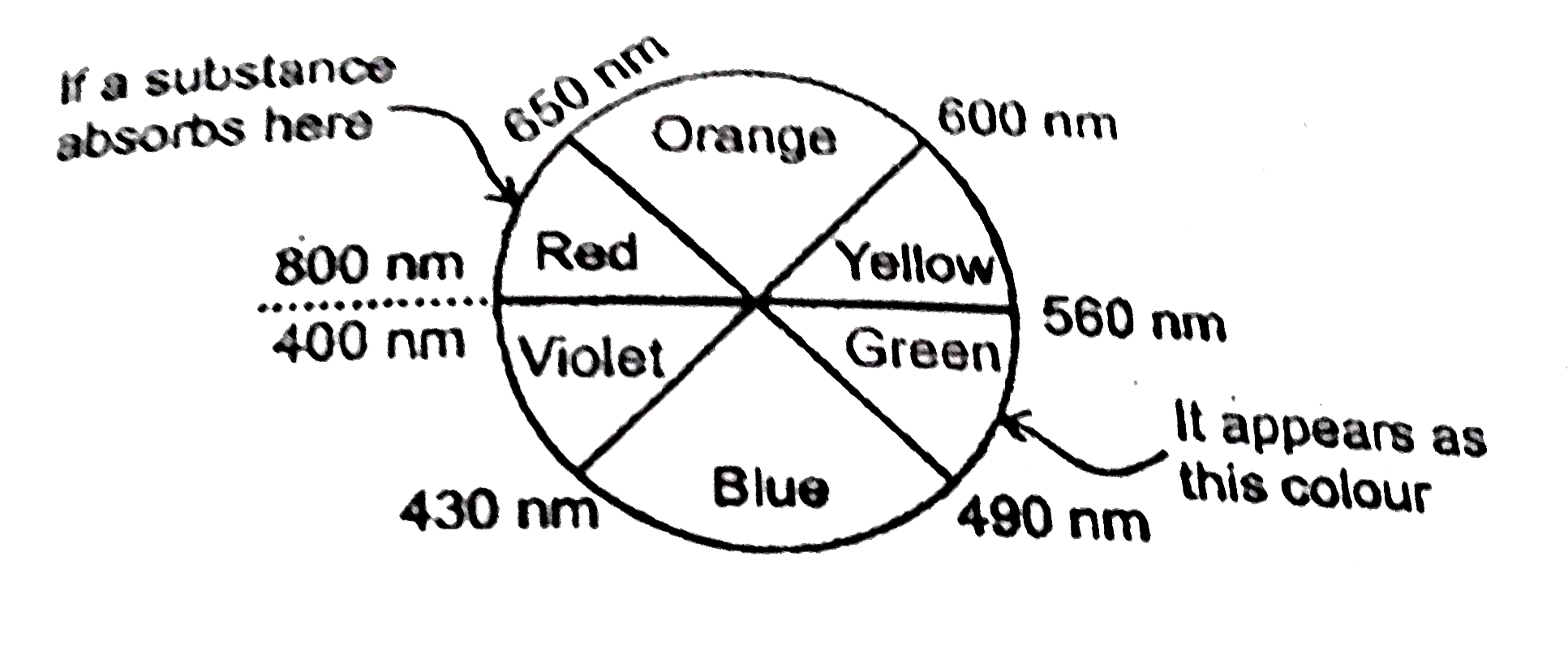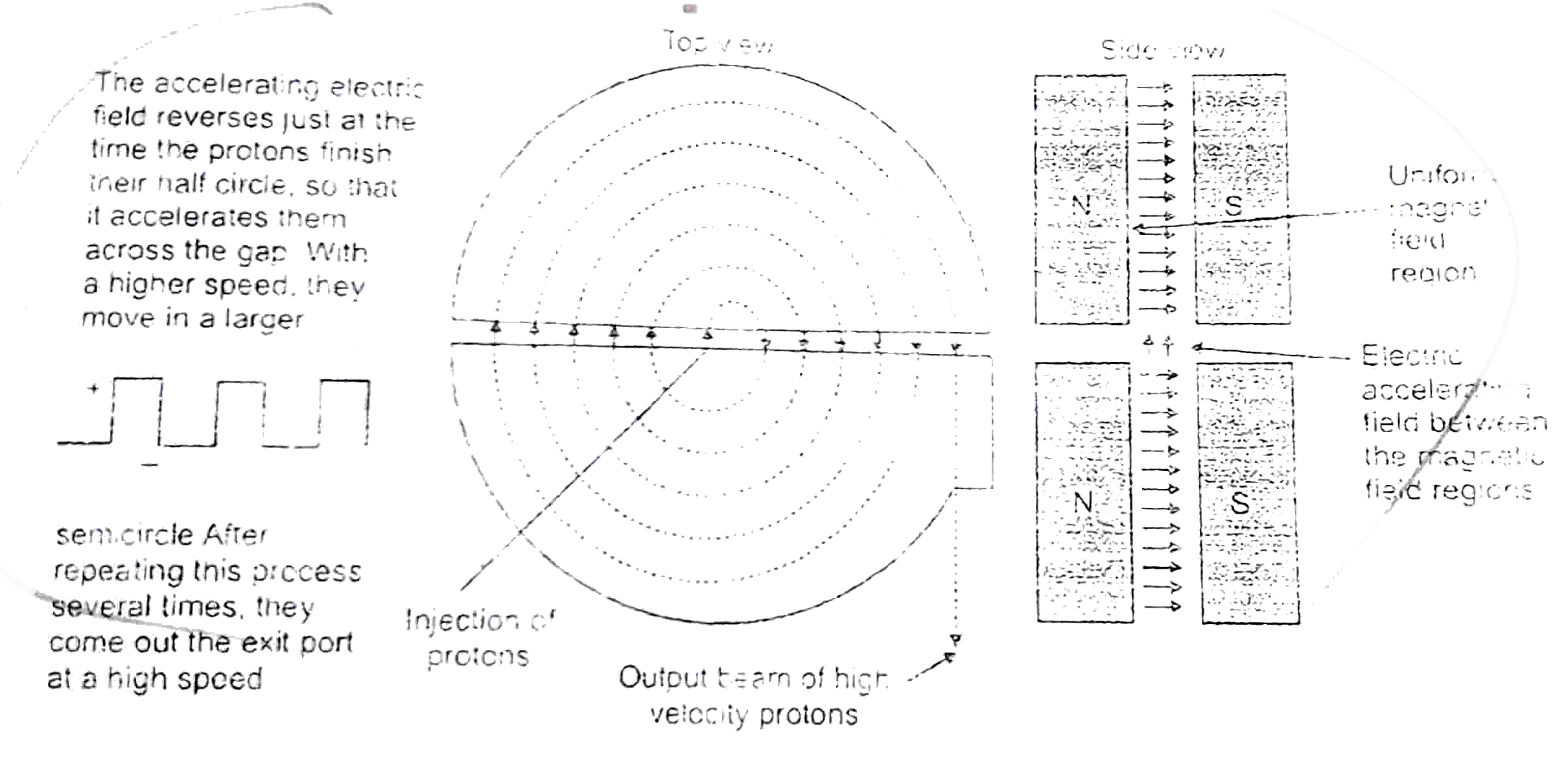Fill in the blanks:
1. Spraying sugarcane crop with ....a.... increases in the length of the stem, thus increasing the yield by as much as .....b.. tonnes per acre.
2. ........c does not occur naturally in plants.
3. Search for natural substances with cytokinin like activities led to the isolation of ...d... from corn kernels and coconut milk.
a - auxins , b - 10 , c - NAA ,d - zeatin
a - gibberellins , b - 20 , c - zeatin ,d - kinetin
a - gibberellins , b - 10 , c - zeatin ,d - kinetin
a - gibberellins , b - 10 , c - kinetin ,d - zeatin
The correct Answer is:D
Step by step video, text & image solution for Fill in the blanks: 1. Spraying sugarcane crop with ....a.... increases in the length of the stem, thus increasing the yield by as much as .....b.. tonnes per acre. 2. ........c does not occur naturally in plants. 3. Search for natural substances with cytokinin like activities led to the isolation of ...d... from corn kernels and coconut milk. by Biology experts to help you in doubts & scoring excellent marks in Class 12 exams.
Updated on:21/07/2023Topper's Solved these Questions
Similar Questions
Shivani is a of class X. She lives in a big house on the outskirts of Delhi. Her family has a kitchen garden at the back of the house in which various types of seasonal vegetables are grown. Shivani's parents have been getting good crops of vegetables for many years. But from last year, the yield of vegetables from the kitchen garden has reduced a lot. Shivani asken the gardener if he was putting any chemical fertiliser into the soil or not. The gardener told Shivani that he was putting a lot of ammonium sulphate fertiliser into the soil every time before sowing the fresh crop of vegetables and he has been doing this for any years to increase the yield of vegetables more and more. Shivani could now understand the problem. She then asked the gardener to mix a cerain substance with the soil uniformly before growing the next crop of vegetables. the gardener did the same. every one was happy to see that there was bumper crop of vegetables this time.
(a) What had happened to the soil in the kitchen garden over the years? Why?
(b) Shivani took a little of soil from the kitchen garden stirred it with some water in a test tube, filtered it and tested and filtrate with universal indicator. The universal indicator. The universal indicator turned orange. What does this tell us about the nature of soil?
(c) Why did the yield of vegetables in the kitchen garden reduce a lot?
(d) What substance/ substances do you think Shivani asked the gardener to put in the soil of kitchen garden?
(e) How did the addition of above substance/substances help the soil?
(f) What values are displayed by Shivani in this episode?
View SolutionFill in the blanks:
1. India has a greater …..a…… diversity than a Scandinavian country like Norway.
2. The western Ghats have a greater …..b….. Diversity than the eastern Ghats.
3. It has taken millipons of years of evolution to accumulate the rich diversity in nature,but we would lose all the wealth in less than .....c..... if the present rates of species lossess continue.
4. For many taxonomic groups, species inventories are more complete in .....d..... than in ....e..... countries.
View Solution
Knowledge Check
Fill in the blanks:
1. Spraying sugarcane crop with ....a.... increases in the length of the stem, thus increasing the yield by as much as .....b.. tonnes per acre.
2. ........c does not occur naturally in plants.
3. Search for natural substances with cytokinin like activities led to the isolation of ...d... from corn kernels and coconut milk.Aa - auxins , b - 10 , c - NAA ,d - zeatinBa - gibberellins , b - 20 , c - zeatin ,d - kinetinCa - gibberellins , b - 10 , c - zeatin ,d - kinetinDa - gibberellins , b - 10 , c - kinetin ,d - zeatinSpraying sugarcane crop with a plant hormone increases length of plants and increases yield by as much as 20 tonnes/acre. The hormone is
AGibberellinBAuxinCCytokininDABA.Fill in the blanks:
(1) Despite the absence of a heart or a circulatory system in plants the flow of water upward through the xylem in plants can achieve fairly high rates up to .....a.....metres per hour.
(2) Less than .....b...... Percent of the water reaching the leaves is used in photpsynthesis and plant growth.
(3) Water loss from a leaf can be studied by using ......c...... .
(4) Most researchers agree that water is mainly .....d..... through the plant.Aa-10, b-5, c-potato osmometer, d-pushedBa-5, b-10, c-cobalt chloride paper, d-pulledCa-15, b-1, c-cobalt chloride paper, d-pulledDa-10, b-1, c-cobalt chloride paper, d-pushed
Fill in the blanks:
1. In both lactic acid and alcoholic fermentation not much energy is released, less that ... a ... per cent of the energy in glucose is released out and not all of it is trapped in high energy bonds.
2. Yeast poison themselves to death when the concentration of alcohol reaches about ... b ... per cent.
3. The complete oxidation of pyruvate by the stepwise removal of all the hydrogen atoms, leaving ... c ... molecules of CO2
4. During the conversion of pyruvic acid to acetyl CoA ... d ... molecules of NADH are produced from the metabolism of one molecule of pyruvic acid.
View SolutionFill in the blanks :
a. K. Esau was born….1…. In 1898
b. K. Esau reported in her early publications that the curly top virus spreads through a plant via the …2… conducting tissue
c. In the root, a few …3… above the root cap is the region of meristematic activity
d. The root ..4... absorb water and minerals from the soil.
View SolutionThe IUPAC definition of a transition element is that it is an element that has an incomplete d-subshell in either the neutral atom or its ion. Thus the group 12 elements are member of the d-block but are not transition elements.
Chemically solft members of the d-block occurs as sulphide minerals and are partially oxidised to obtain the metal, the more electropositive 'hard' metals occurs as oxides and are extracted by reduction.
Opposite to p-block elements, the higher oxidation states are favoured by the heavier elements of d-block Metals on the right of the d-block tend to exist in low oxidation states and form complexes with the ligands. Square-planar complexes are common for the platinum metals and gold in oxidation states that yield d8 electronic configuration, which include RH(I),Ir(I),Pd(II),Pt(II) and Au(III).
The most distinctive features/properties of transition metal complex is their wide range of colours.The crystal field theory attributes the colour of the coordination compounds to d-d transition of the electron.It is important to note that (a) in absence of ligand, crystal field spilling does not occur and hence the substances is colourless, (b) the type of ligand also influences the colour of the complexes.
Which of the following has dsp2 hybridisation and is diamagnetic in nature ?
(i)Na4[Cr(CO)4] , (ii)[Ni(DMGH)2] , (iii)[PtHBr(PEt3)2]
(iv)[As(SCN)4]3− , (v)[AuBr4]−
View SolutionCrystal field theory views the bonding in complexes as arising from electrostatic interaction and considers the effect of the ligand charges on the energies of the metal ion d-orbitals
In this theory, a ligand lone pair is modelled as a point negative charge that repels electrons in the d-orbitals of the central metal ion.The theory concentrated on the resulting splitting of the d-orbitals in two groups with different energies and used that splitting to rationalize and correlate the optical spectra,thermodynamic stability, and magnetic properties of complexes.This energy splitting between the two sets of d-orbitals is called the crystal field splitting Δ.
In general, the crystal field splitting energy Δ corresponds to wavelenght of light in visible region of the spectrum, and colours of the complexes can therefore be attributed to electronic transition between the lower and higher energy sets of d-orbitals.
In general, the colour that we see is complementry to the colour absorbed.

Different metal ions have different value of Δ, which explains why their complexes with the same ligand have different colour.
Similarly the crystal field splitting also depends on the nature of ligands and as the ligand for the same metal varies from H2O to NH3 to ethylenediamine, Δ for complexes increase.Accordingly, the electronic transition shifts to higher energy (shorter wavelength) as the ligand varies from H2O from NH3 to en, thus accounting for the variation in colour.
Crystal field theory accounts for the magnetic properties of complexes in terms of the relative values of Δ and the spin pairing energy P. Small Δ values favour high spin complexes, and large Δ values favour low spin complexes.
The [Ti(NCS)6]3− ion exhibits a single absorption band at 544 nm.What will be the crystal field splitting energy (in kJ mol−1) of the complex ? (h=6.626×10−34J.s,C=3.0×105m/s,NA=6.02×1023 ions/mole.
View SolutionIn the given figure of a cyclotron, showing the particle source S and the dees.A uniform magnetic field is directed up form the plane of the page.Circulating protons spiral outward within the hollow dees gaining energy every time they cross the gap between the dees.Suppose that a proton, injected by source S at the centre of the centre of the cyclotron in figure initially moves toward a negatively charged dee.It will accelerate toward this dee and enter it.Once inside, it is shielded from electric field by the copper walls of the dee,that is the electric field does not enter the dee.The magnetic field, however, is not screened by the (nonmagnetic) copper dee, so the proton moves in circular path whose radius, which depends on its speed, is given by
r=mvqB...(1)
Let us assume that at the instant the proton emerges into the center gap from the first dee, the potential difference between the dees is reversed.Thus, the proton again faces a negatively charged dee and is again accelerated.Thus,the proton again faces a negatively charged dee and is again accelerated.This process continues, the circulating proton always being in step.with the oscillations of the dee potential, until the proton has spiraled out to the edge of the dee system.There a deflector plate sends it out through a portal.The key to the operation of the cyclotron is that the frequency f at which the proton circulates in the field (and that does not depend on its speed) must be equal to the fixed frequency fosc of the electrical oscilliator, or f=fosc(resonance condition)...(2)
This resonance condition says that, if the energy of the circulating proton is to increase, energy must be fed to it at a frequency fosc that is equal to the natural frequency f at which the proton circulates in the magnetic field.
Combining equation 1 and 2 allows us to write the resonance condition as
qB=2πmfosc..(3)
For the proton, q and m are fixed.The oscillator (we assume) is designed to work at a single fixed frequency foscWe then "tune" the cyclotron by barying B until eq. 3 is satisfied and then many protons circulate through the magnetic field, to emerge as a beam.
If q/m for a charge particle is 106,frequency of applied AC is 106Hz.Then applied magnetic field is

View Solution
